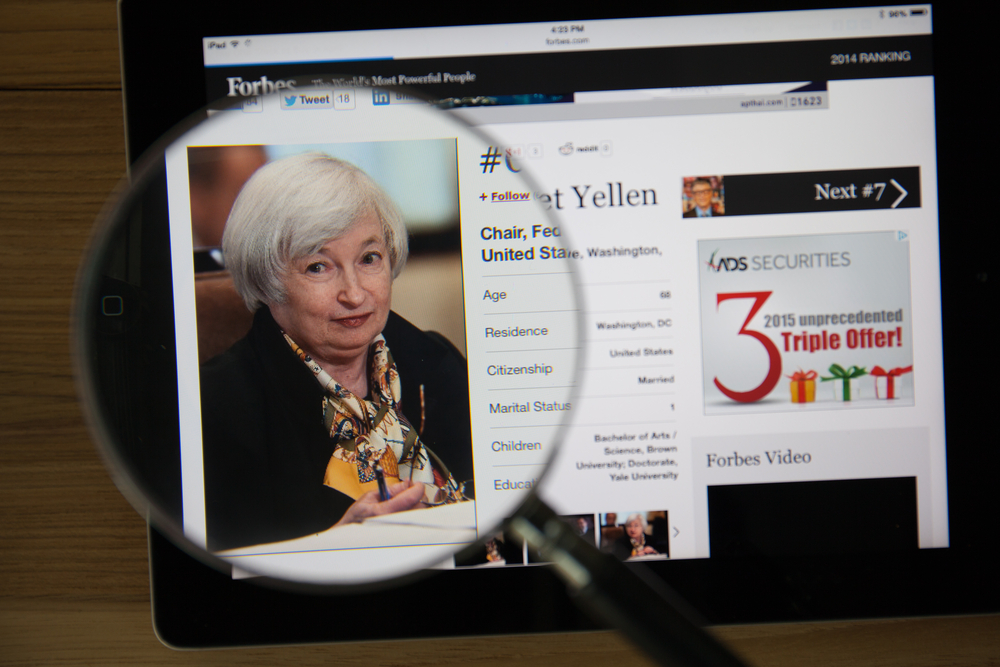On Tuesday, the spread between November Fed Funds and January Fed funds, (FFX’16/FFF’17) settled at 9.0 bps, partially in response to NY Fed President William Dudley saying that the Fed Fund futures market is ‘underpricing’ rate hikes. This spread is a fair representation of the odds of a hike specifically at the December 14 FOMC meeting. Since the January contract is AFTER the December FOMC meeting, whatever occurs at that meeting will be fully reflected in the January price, but it won’t price into November. The two settlement prices on Tuesday were 9956.5 and 9947.5. If the market were absolutely positive that the Fed would hike by 25 bps, then the spread would be 25 bps (or very near).
The point is that at 9 bps, this spread is the highest it has been since early January. It represents odds of about 1 in 3 of a Fed hike. Note that there’s also a meeting in September, on the 21st. The Fed Effective rate, which is what the FF contract settles to, has been steady at 40 bps, which is equivalent to a price of 99.600. The October FF contract settled at 99.57 Tuesday. In spite of several Fed officials saying that September is a ‘live’ meeting, the market is assigning only 1/3 as much chance of a Sept move as December. That is, the spread between the current Fed effective and October is 3 bps, while Nov/Jan is 9 bps.
So what does this mean for the term structure of rates? I have often mentioned that one-year Eurodollar calendar spreads are a rough proxy for how much tightening might occur in any given year. So, for example, the spread between March 2017 and March 2018 Eurodollars (EDH’17/EDH’18) is only 15.5. This spread is extremely flat, representing odds of just over 50% for just ONE hike in a full year. In my opinion, these spreads (the Nov/Jan FF spread relative to further back ED spreads), are indicating a divergence. Though economic growth data has been mixed, inflation indicators, including wages, are firming. For example, the Fed says its inflation goal is 2%, and year over year Core CPI released yesterday was 2.2%. Therefore, I think back Eurodollar spreads are too cheap…noting that one-year spreads were over 60 bps at the beginning of the year. If the Fed DOES raise rates, and further back Eurodollar spreads actually flatten, it will be an indication that the market perceives a policy error by the Fed. I don’t expect that reaction at this point. I expect the curve to gradually steepen even if the Fed does move in December, which will be a positive signal towards further rate normalization.
Alex Manzara




